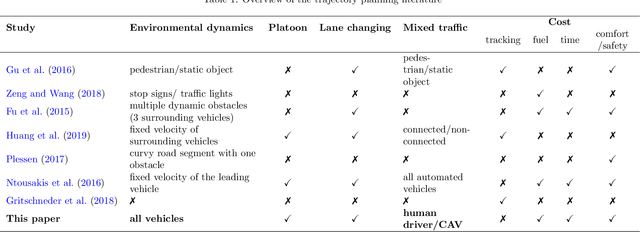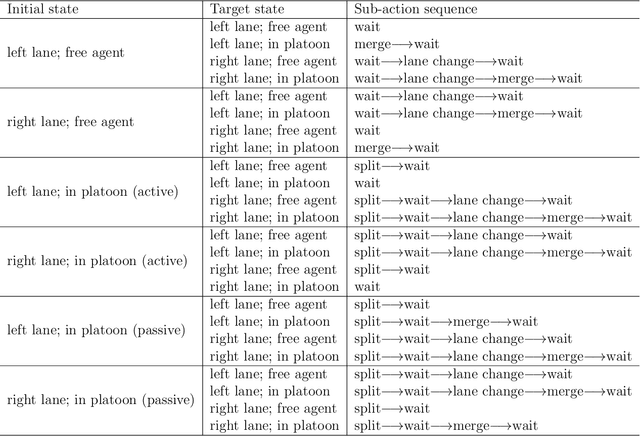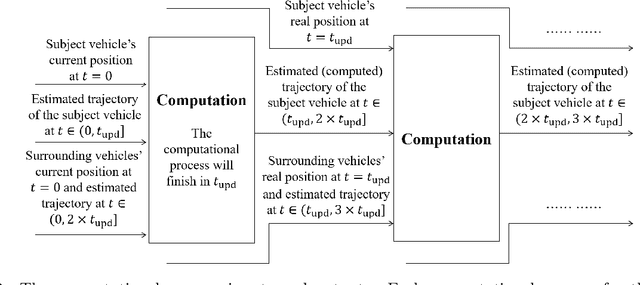Trajectory Planning for Connected and Automated Vehicles: Cruising, Lane Changing, and Platooning
Paper and Code
Jan 23, 2020



Autonomy and connectivity are considered among the most promising technologies to improve safety, mobility, fuel and time consumption in transportation systems. Some of the fuel efficiency benefits of connected and automated vehicles (CAVs) can be realized through platooning. A platoon is a virtual train of CAVs that travel together following the platoon head, with small gaps between them. Vehicles may also reduce travel time by lane changing. In this paper, we devise an optimal control-based trajectory planning model that can provide safe and efficient trajectories for the subject vehicle and can incorporate platooning and lane changing. We embed this trajectory planning model in a simulation framework to quantify its efficiency benefits as it relates to fuel consumption and travel time, in a dynamic traffic stream. Furthermore, we perform extensive numerical experiments to investigate whether, and the circumstances under which, the vehicles in upstream of the subject vehicle may also experience second-hand fuel efficiency benefits.
 Add to Chrome
Add to Chrome Add to Firefox
Add to Firefox Add to Edge
Add to Edge